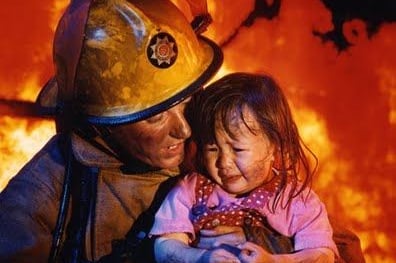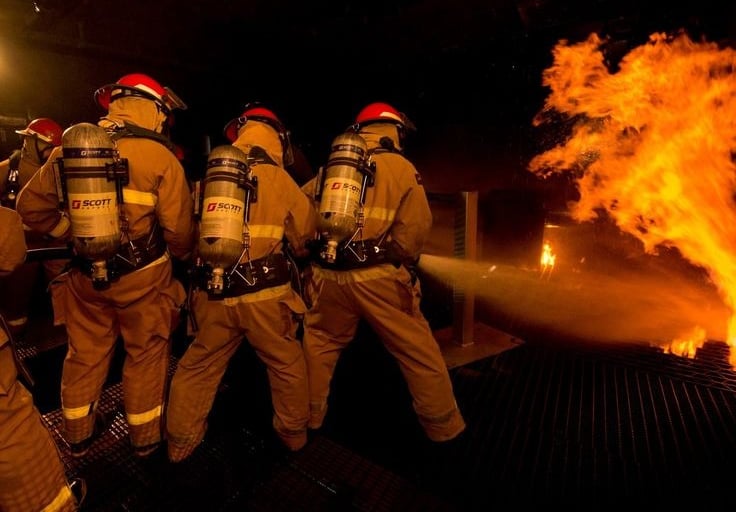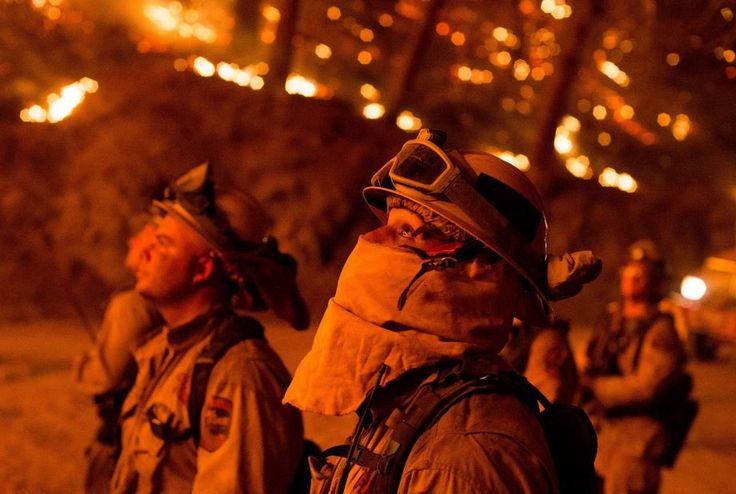Los Angeles wildfire
The Los Angeles wildfires in January 2025 have caused widespread devastation, with 27 deaths, 12,000 structures destroyed, and 200,000 evacuations. Fueled by Santa Ana winds, the fires continue to threaten communities, disrupt the entertainment industry,
WORLD
1/18/20254 min read
In early January 2025, Los Angeles faced a series of devastating wildfires that have had profound impacts on the region's residents, economy, and environment.
Major Events and Timeline
The wildfires began on January 7, 2025, rapidly spreading across Southern California. The most significant of these, the Palisades Fire, has burned over 35,000 acres, leading to the evacuation of more than 150,000 residents, with an additional 166,000 on standby. Notably, the Getty Center fell within the evacuation zone. As of January 11, at least 11 deaths have been reported, with numerous injuries and over 10,000 structures damaged or destroyed.
Causes of the Wildfires
The intensity and rapid spread of these wildfires can be attributed to several factors:
Climate Change: 2024 was recorded as the hottest year on record, with global temperatures exceeding pre-industrial levels by 1.6°C. This increase has led to prolonged drought conditions, creating an environment conducive to wildfires.
Severe Drought: Extended periods of drought have dried vegetation, turning it into highly flammable fuel for fires.
High Winds: Cyclonic winds have exacerbated the situation, spreading embers over large distances and igniting new fires.
Aftermath and Impact
Human Toll: The fires have claimed at least 11 lives, including individuals from various communities. Notably, actress Jennifer Garner revealed that a close friend was among the victims.
Property Damage: Over 10,000 structures have been damaged or destroyed, displacing thousands of residents. Communities like Altadena have been particularly hard-hit, with many homes reduced to ashes.
Economic Impact: The economic damage is estimated between $135 billion to $150 billion, potentially causing significant increases in homeowners' insurance costs. This includes property losses, business interruptions, and long-term healthcare costs due to smoke exposure.
Insurance Concerns: Residents are anxious about whether their insurance policies will cover the cost of rebuilding. Many fear that insurance companies may go bankrupt, delay payments, or fail to cover full reconstruction costs, leading to higher future premiums.
Political and Economic Events
The wildfires have sparked political debates and economic challenges:
Political Criticism: President-Elect Donald Trump criticized Governor Gavin Newsom and President Joe Biden for their handling of the crisis. However, President Biden had already allocated FEMA funds, and Governor Newsom’s office disputed Trump's claims.
Insurance Crisis: California was already facing an insurance crisis, with many homeowners struggling to obtain coverage due to increasing wildfire risks. The current fires are expected to exacerbate this situation, leaving many without adequate support for reconstruction.
Global Environmental Impact
1. Carbon Emissions
The wildfires in LA released an unprecedented amount of carbon dioxide (CO₂) into the atmosphere, contributing to global warming. Preliminary estimates suggest that these fires emitted over 40 million metric tons of CO₂, comparable to annual emissions from several small countries. This sudden influx exacerbates the existing climate crisis, intensifying global calls for immediate action to curb greenhouse gas emissions. The loss of forest cover in California, which serves as a carbon sink, further weakens global efforts to stabilize atmospheric CO₂ levels.
2. Air Quality and Cross-Border Pollution
The smoke from the wildfires spread across North America, with air quality indexes (AQI) in neighboring countries like Mexico and Canada registering unhealthy levels. Satellite data revealed that wildfire smoke even reached parts of Europe and Asia through high-altitude jet streams, spreading fine particulate matter (PM2.5) globally, which poses serious health risks.
Economic Impact and psychological impact on Global Markets
1. Disrupted Supply Chains
Southern California, a vital hub for trade and logistics, experienced operational disruptions due to road closures and damaged infrastructure. This slowdown has had ripple effects on international supply chains, particularly in technology, agriculture, and consumer goods.
2. Tourism Industry
LA's reputation as a global tourism hotspot suffered a setback as images of destruction circulated worldwide. The tourism sector, which contributes billions to California's economy annually, faces potential long-term consequences as international travelers reconsider visits to wildfire-prone areas.
3. Global Health Risks
The toxic pollutants released during the wildfires are linked to respiratory and cardiovascular diseases. Countries far from LA have reported increased emergency room visits due to poor air quality. The wildfires have also renewed global debates about the health impacts of wildfire-related pollution, emphasizing the need for international cooperation on air quality management.
4. Mental Health Awareness
The psychological toll of such events extends beyond borders, with global discussions emerging on the mental health impacts of climate-induced disasters. Governments and organizations are recognizing the need for robust mental health support systems for affected populations.
Fatalities
Confirmed Deaths: As of January 11, 2025, there have been at least 11 confirmed fatalities attributed to the wildfires.
Victim Profiles: Among the deceased are:
Victor Shaw: A resident who perished while attempting to save his home
Anthony Mitchell: An amputee who, along with his son, Justin Mitchell, who had cerebral palsy, was unable to evacuate in time.
Rodney Nickerson: Found deceased in his bed, unable to escape the rapidly advancing flames.
Erliene Kelley: A retired pharmacy technician who succumbed to the fire.
Annette Rossilli: Chose to stay behind to protect her pets and tragically lost her life.
Injuries
Burn Injuries: Several individuals have sustained burn injuries of varying severity. Exact numbers are still being compiled as rescue and medical teams continue their operations.
Smoke Inhalation: A significant number of residents have been treated for smoke inhalation, with local hospitals reporting a surge in respiratory-related admissions.
Emergency Response
Evacuations: Approximately 150,000 residents have been evacuated from their homes to ensure safety.
Firefighting Efforts: Nearly 1,800 firefighters have been deployed to combat the blazes, facing challenges such as severe water shortages and staffing inadequacies.
Community Impact
Property Damage: The fires have destroyed over 10,000 structures, including homes and businesses, leading to significant displacement and economic loss.
Mental Health: The trauma of sudden evacuations, loss of property, and the overarching threat of the wildfires have had profound effects on the mental well-being of residents, with local health services noting an increase in individuals seeking psychological support.
The situation remains fluid, and authorities are continuously working to provide updated information and support to those affected. Residents are urged to stay informed through official channels and adhere to safety advisories.
In conclusion, the January 2025 wildfires in Los Angeles have had devastating effects on the community, economy, and mental health of its residents. Addressing the immediate needs of those affected, alongside implementing long-term strategies to mitigate future wildfire risks, is essential for the region's recovery and resilience.





